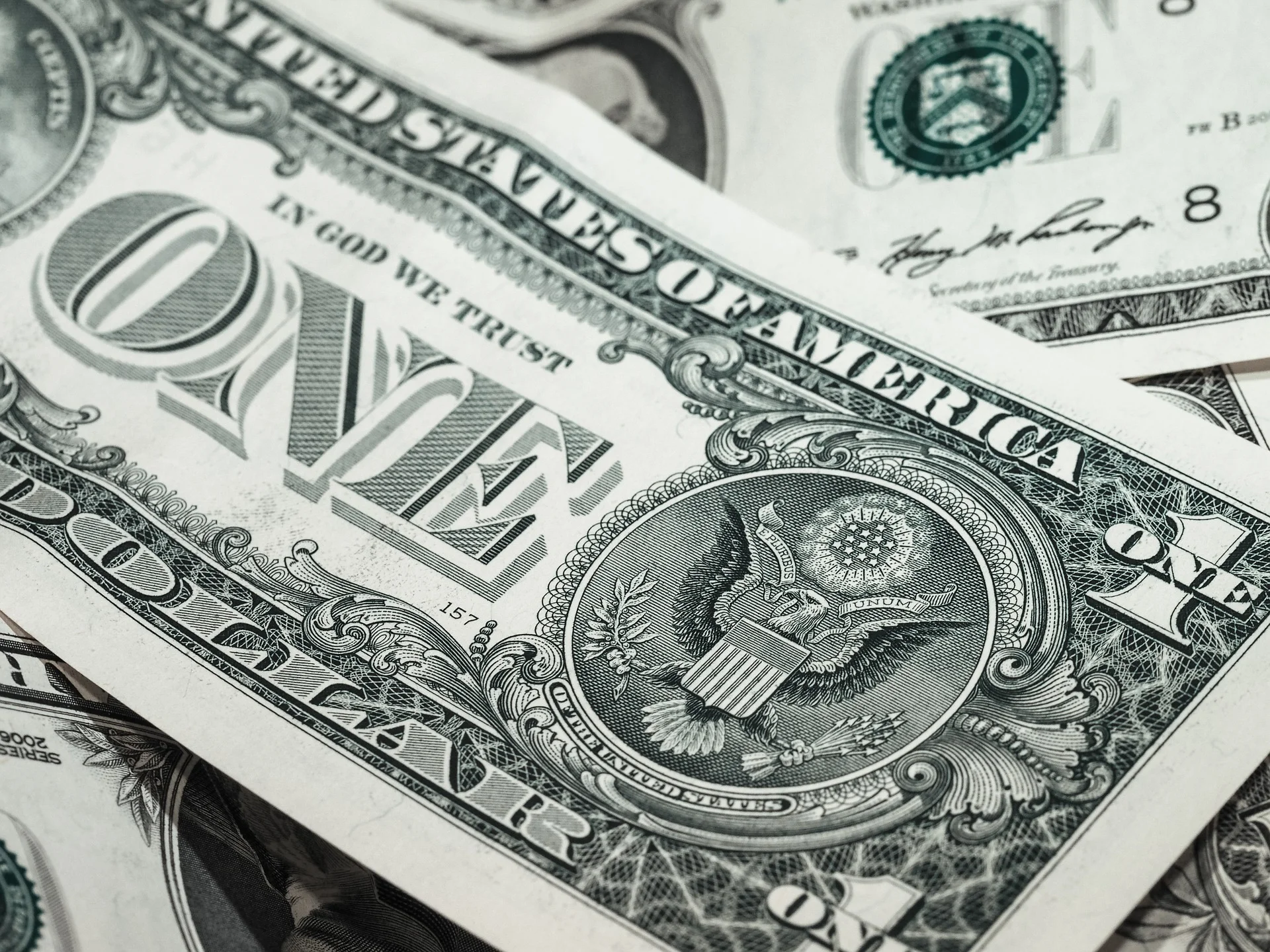Dear Dave,
We are looking to buy a home this year and have been saving our money so we can put as much down as we possibly can. We have great credit. We recently ran into some unexpected expenses and our savings account is down a bit more than we would like. My wife and I are not buying more than we can afford, but we may not have 20% to put down this year. What are your thoughts on how much is enough to put down to buy a home? We appreciate the help.
Joe and Rebecca
Grand Junction
Joe and Rebecca,
This is an awesome question and one that we deal with a great deal. The great news is, there are great options available to you at far less than 20% down, but I understand where you are coming from. When the real estate bubble burst several years ago and credit standards and requirements tightened, it became a widely held myth that you needed at least 20% down to purchase and although that would be best, there are wonderful alternatives that don’t require that much down and still allow you to remain fiscally responsible. For lending questions I often lean on a good friend, James Pulsipher who is Senior Vice President at Fidelity Mortgage here in Grand Junction. As James goes on to explain, he agrees there are options for less than 20% down.
“The place where the 20% idea comes from, involves mortgage insurance. If you put less than 20% down, then you have to purchase mortgage insurance as part of your mortgage. Mortgage insurance is an insurance that protects the lender in the event of default. In short, if the lender forecloses the property, sells it, and loses money when they do – this insurance covers part of that loss. Because of that mortgage insurance is good to avoid, if possible, because the buyer gets zero benefit from it. It only benefits the lender.”
“In the lending world today, you can put as little as 3% down for conventional financing. Conventional mortgage insurance can be paid in several ways. Monthly – a premium is added to your monthly payment. Up-front, you can pay a single premium up front, and then there is no mortgage insurance in the payment, and finally – through the rate. This is a lender paid, or NO mortgage insurance loan, where you pay a slightly higher rate, and don’t pay any mortgage insurance at all. The bottom line is that there are a lot of choices.”
“In the case that a buyer chooses the monthly mortgage insurance (which is the most common), then that insurance will terminate when the loan is paid down to 78% of the initial price of the home. After two years, if the home is worth more, you could also ask the lender to re-appraise the home and terminate the mortgage insurance sooner, based upon that new equity position.”
“So at the end of the day, not having 20% down is okay. There are a lot of purchasing options without it, you simply want to consult with your lender and determine what the best approach to mortgage insurance should be for you.”
As it is with everything, knowledge is power and teaming up with a good lending professional who can help you assess what is best for you and your individual situation is the key. Find someone you trust and whom you can communicate with and utilize their expertise to help you navigate your mortgage and down payment options. I bet you will be delightfully surprised at the plethora of options you have available! Happy house hunting.
Dave Kimbrough
The Kimbrough Team


